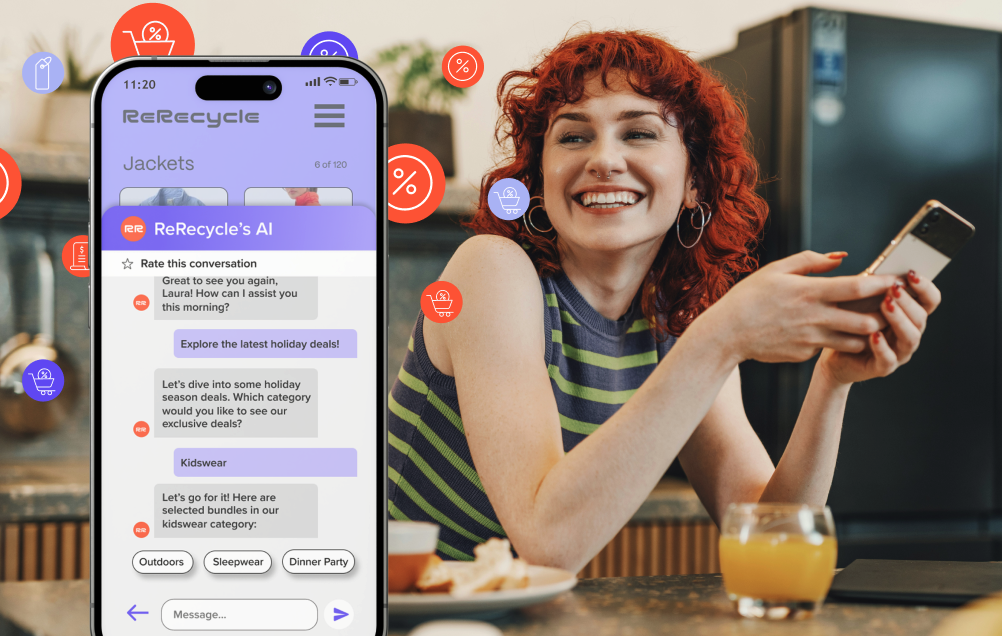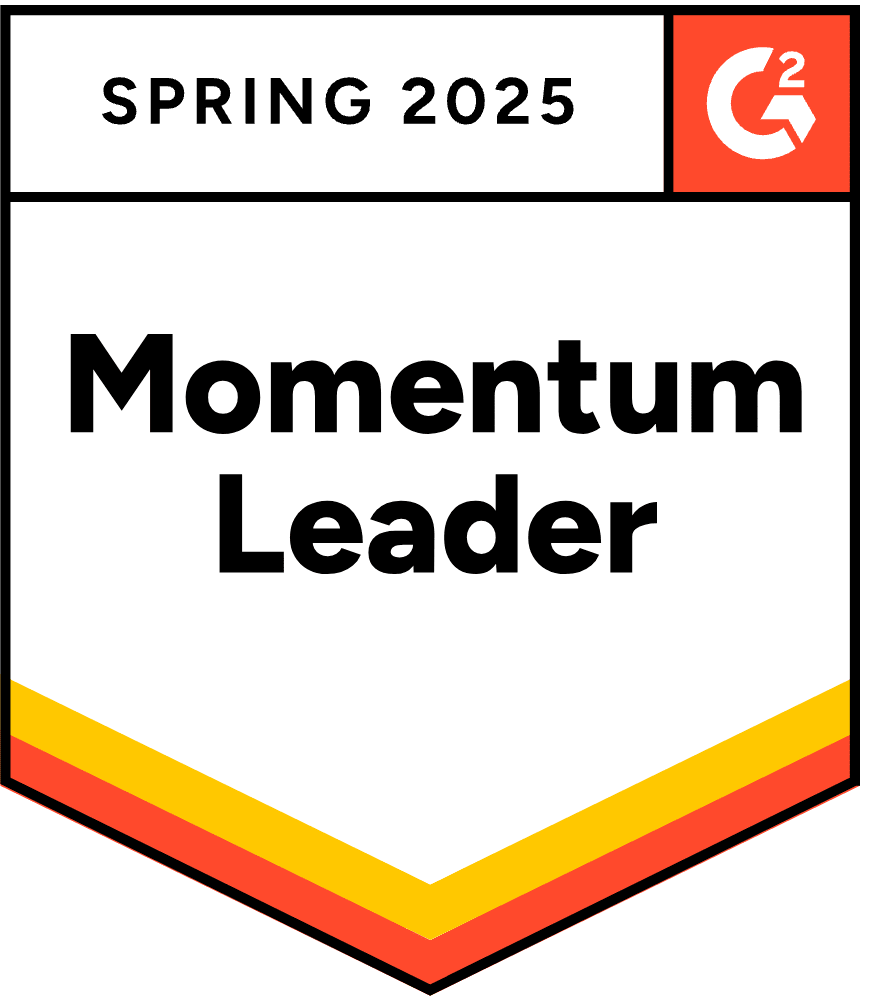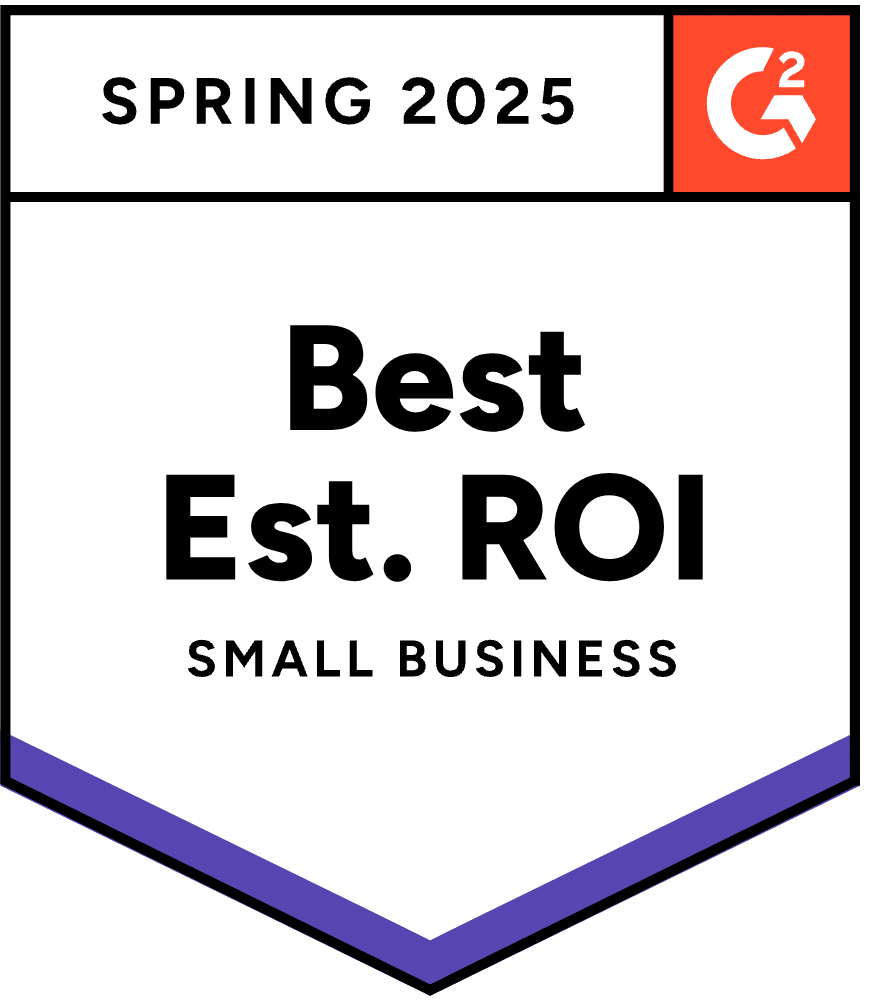Top 6 Customer Journey Analytics Solutions
Customer journeys used to be relatively simple and straightforward, but with today’s omnichannel approach, they’ve evolved into something much more complicated. Marketers need to create the seamless, secure, personalized, and on-demand experience that their target audiences want on all of the channels they’re on.
What is a customer journey?
A customer journey is, as the name states, the journey that a customer goes through when interacting with a brand’s services and products. This includes a step-by-step mapping of customer interactions when visiting a website and performing an action. Typically, marketers will map out and define most commonly used customer journeys for different products, services, and funnels.
Journeys vary in length and scope, and involve every step between a customer and brand, from the moment the customer becomes aware of the brand (through advertising, word of mouth, organic content, etc.), through investigating it and reading reviews, to buying and using its products.
Marketers will always try to optimize the journey to create better experiences for customers and to improve conversion rates for the journey goals.
This includes making mobile-friendly funnels, providing support on social media, and being available on popular channels like voice so that customers can easily buy products using their voice assistants.
Each journey is broken down into steps to get both a big picture view as well as insights into the little details. This is where customer journey analytics solutions come in.
In 2020, the customer journey is changing rapidly. Voice shopping is the new frontier with over 51% of voice assistant users using voice assistants to shop on a regular basis. In fact, 25% of holiday shopping purchases that were made were assisted by voice assistants, which is why voice is rapidly becoming a very important stop on the customer journey.
What is customer journey analytics?
Like everything in marketing and advertising, customer journeys must be mapped, measured, and analyzed to gain insights and discover optimization opportunities that will increase conversion rates.
Customer journey analytics solutions allow marketers to map their customer journeys and track the activity on multiple channels while collecting and analyzing data.
These types of solutions help marketers discover what steps in a journey need to be reviewed and changed for better results, and provide a clear picture of all of the different customer journeys and how well they’re doing.
How to Choose a Customer Journey Analytics Solution
Customer journey analytics solutions and tools differ in the types of features they offer, so it’s important to map out your needs before choosing the solution you’ll work with. Solutions will vary in the capabilities they include as well as the capability they focus on and prioritize.
It is recommended to start with a short list of customer journey analytics solutions that, on paper, match the capabilities you need, and then dive deeper into each company by reading reviews, reaching out to their support for more information, starting a trial, and comparing the best options.
We’ve selected several customer journey analytics solutions that we recommend to get you started in your search.
1. Acoustic Customer Experience Analytics (Tealeaf)

Acoustic was formed after Centerbridge Partners acquired IBMs marketing and commerce software, including Watson Customer Experience Analytics. Tealeaf is an AI-powered and behavioral analytics solution that helps marketers gain visibility into end-to-end journeys for a better understanding of their effectiveness.
Acoustic allows users to visualize the customer experience on the different digital channels so that marketers can truly step into the shoes of their audiences and see for themselves where things can improve.
Features include session replay, anomaly detection, struggle analytics, alerts to possible fraudulent and malicious activity, and more. Tealeaf’s analytics provide insights into why some customers abandon the journey and others don’t so that marketers can identify optimization opportunities in specific steps to create a better experience and improve ROI.
One review stated that “Tealeaf really helped me to grow in the field of business analysis and increased efficiency of our work“, but that “pricing is a little high“.
Pricing:
The company does not share their prices on their site, and requires that you schedule a consultation in order to receive a quote.
Pros:
- In-person and online training
- 24/7 support
- Predictive analytics and sentiment analysis
Cons:
- Price is not known beforehand
- No free trial or free version available
- No customer segmentation
2. Rep

Not your classic customer journey but there is very good reason we’re including ourselves on this list. As mentioned above, voice is the new eCommerce frontier. Customer journeys are now taking a shortcut through voice.
In fact, purchases on your online store are likely already being assisted by voice searches as part of the customer journey without you being able to track it.
Rep not only connects online stores with voice shopping data and provides an additional, visible, and audible layer to the customer journey; it will also use AI to create an online voice store for you.
Connecting to Rep essentially means uncovering customer intent by gaining insights into voice searches. You also empower the same shoppers to complete their journey and make a purchase on your store using voice.
Free for up to 1,000 monthly sessions. Then, from $99 a month.
Pros:
- One of a kind solution
- Maps a different part of the customer journey than other solutions
- Provides action not just insight
Cons:
- Presently supports Shopify only
3. Adobe Experience Cloud

It’s hard to keep track of all of the products Adobe offers. The company is typically known for various design and PDF software like PhotoShop, Illustrator, Indesign, and Acrobat, but also offers an impressive range of business and marketing tools. The Adobe Experience suite offers a long list of features, including Customer Journey Analytics.
Customer Journey Analytics allows marketers to see every action in the context of the journey, with all of their data from every channel accessible on one interface for real-time analysis.
It is essentially a toolkit for business intelligence, data science, and marketing teams to aggregate and analyze omnichannel data, delivering context and clarity to complex customer journeys. This solution is more ideal for very complex journeys and companies that have BI teams or analysts. It is unlikely going to be ideal for smaller marketing teams or startups.
One three-star review stated that the product was “versatile and allowed me to take care of my customers in all aspects of my business” but was not easy to use and wished “the learning curve for all employees didn’t make it so difficult to implement.“
Pricing:
Pricing is not available on their website. Users are encouraged to fill out a form and a representative will get back to them with a quote.
Pros:
- Real-time data
- Allows to create better personalized approaches
- Many useful features
Cons:
- Significant learning curve
- Not enough training material and tutorials
- Expensive (according to user reviews)
4. Salesforce Journey Builder

Salesforce is a popular choice in sales departments for their CRM and pipeline management, as well as their integrations with many lead generation tools. Still, they’re just as relevant for marketing professionals. Salesforce’s Journey Builder provides insights into the customer experience so that marketers can identify moments that define the experience and create powerful relationships.
By analyzing comprehensive data, marketers can achieve their goal of understanding their customers to develop better, and more converting, journeys. Journey Builder collects data from multiple sources and analyzes activity based on attributes, browsing behaviors, and purchasing history to build personalized messaging that converts.
Customers can be “triggered” throughout their journeys based on real-time events like app downloads, purchases, or closed service cases, and their journeys can be adjusted based on current and predicted behavior.
Like many of the other Salesforce solutions, Journey Builder is suitable for companies of all sizes and has multiple pricing plans.
If you’re already using Salesforce for lead generation and sales pipeline management, Journey Builder could be a convenient solution that already connects with all of your existing data and activities. User reviews call the product reliable and efficient, with one stating that it is “opening the way in marketing automation.”
Pricing:
The company doesn’t publish pricing for this product on their site. Users can click to view the demo, which requires filling out a form. A representative will get back to them with more information.
Pros:
- Intuitive and easy to use
- Useful automation and scheduling capabilities
- 24/7 support
Cons:
- Onboarding and initial setup can be difficult
- Some features require additional costs (to use the Advertising Studio solution, you need the Marketing Premier Cloud license)
- Complex processes may require more technical users
4. Woopra

Woopra provides end to end customer journey analytics. Woopra’s platform tracks usage across your site and mobile applications, and offers over 50 one-click integrations with partners like Salesforce, Marketo, and Segment for seamless data unification across multiple tools and teams.
One of the features that make them unique is their ability to zoom into the data and get real-time analysis at the user-level. This means that marketers can really see the people behind the data, with “People Profiles” to learn who buys, interacts with the site, opens emails, uses key product features, and more.
People Profiles reveal behavioral history for each individual user, allowing marketers to create truly personalized experiences – even for a single user.
The platform also includes advanced analytics, trends and retention reports, and numerous automation features that enable users to take action based on the data. This includes built-in triggers like drip campaigns, slack notifications, custom webhooks, and more.
Woopra is currently rated 4.5 stars out of 5 on G2, with one user saying “Woopra can be the single source of truth to store and analyze everything a customer has done.”
Pricing:
Woopra offers three packages: Core, Pro, and Enterprise. The Core package is free, and includes 500k actions, 90-day data retention, core analytics and reports, and 30+ one-click integrations. For starting out and getting an idea of how their platform works, this is a great option.
The Pro package is $999 a month, and includes 5 million actions per month, 24-month data retention, advanced analytics and reports, over 50 one-click integrations, and premium support. If more than that is needed, marketers can reach out to Woopra to get a quote for the Enterprise package, which also includes a dedicated account manager.
Pros:
- Individual-level targeting
- Free version is available
- Predictive analytics
Cons:
- Support only during business hours
- No in-person or live training
- UI can be more intuitive
6. Glassbox Digital

Founded in 2010, Glassbox Digital quickly grew and expanded across the globe with its great customer journey analytics solution. Glassbox provides companies with insights into why their customers behave a certain way, and enables marketers to see what their customers are doing in real time. The company offers a suite of relevant solutions, including Augmented Journey Map, Customer Experience Analytics, Experience Performance Analytics, and more.
Together, these solutions allow Glassbox users to map out their customer journeys, collect and analyze data, and improve the customer experience across all of their channels, products, and services, from shopping on their website to support and customer service. The company is rated 4 out of 5 stars on G2, with one user giving them 2.5 stars and stating that while the “interface is simple and intuitive”, “documentation is difficult to come by for new users.”
Pricing:
Pricing is not publicized on the company’s website. Interested marketers can sign up on the Glassbox website to request a demo and get a custom quote.
Pros:
- Allows users to capture & replay sessions
- Easy to use
- Anomaly detection
Cons:
- No free trial
- Not enough training materials for new users
- Complex setup with some very technical features
Whatever solution you’re interested in, request a trial before committing so that you don’t waste any funds or precious time onboarding platforms that aren’t right for you. If you have very unique customer journeys, look for solutions that offer specific features that you need. For example, SundaySky focuses on video experiences with personalized video solutions and data.
Auryc, on the other hand, focuses on customer journeys with a visual platform and session replays. Do you offer your products on voice channels like Alexa? You’ll need a customer journey solution that can integrate with these channels and help you optimize your journey there. There are many solutions out there and it’s easy to get lost, so start with clearly defining what you need and going forward from there.
After you choose the customer analytics solution that fits best your needs, you might want to extend the store capabilities and have a presence on voice assistants, such as Alexa and Google Assistant. Schedule a free demo today with Rep to unlock the power of Voice!
Quick Answers and FAQs
What are the benefits of utilizing a journey analytics solution for improving customer experiences across multiple channels?
Unified Cross-Channel Visibility
A fragmented view of customer interactions creates major blind spots in understanding behavior. Journey analytics solutions consolidate data from web, mobile, voice, and offline channels into a comprehensive dashboard, revealing how customers actually navigate between touchpoints. This unified visibility exposes the true customer journey, not just isolated interactions.
- Uncover hidden patterns when customers switch devices or channels
- Identify where customers abandon journeys and why
- Visualize the complete experience to understand channel relationships
Real-Time Insight and Intervention
Imagine a customer struggling with checkout on mobile, then switching to desktop, only to abandon the purchase entirely. Journey analytics identifies these patterns as they happen, enabling immediate intervention before it's too late.
Data-Driven Personalization
Customers expect relevant experiences tailored to their specific needs. Journey analytics transforms historical behavior data into detailed customer profiles that power truly contextual experiences.
The connections between touchpoints often matter more than any single interaction.
Journey analytics enables behavioral segmentation based on actual journey patterns—creating more precise targeting than demographic data alone could ever achieve.

.png)










